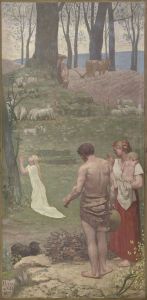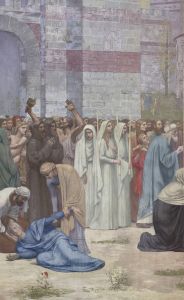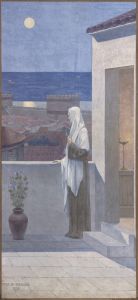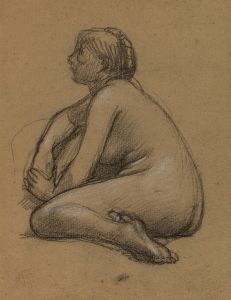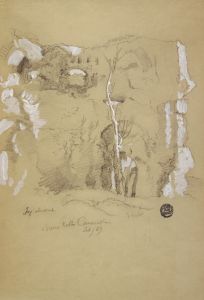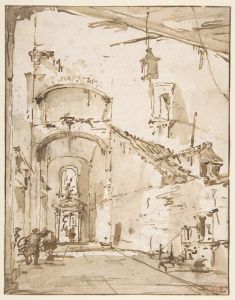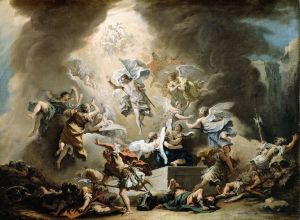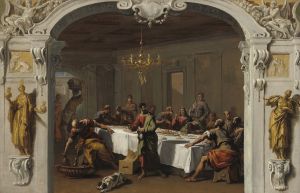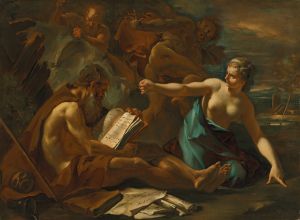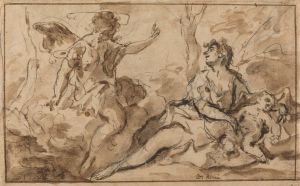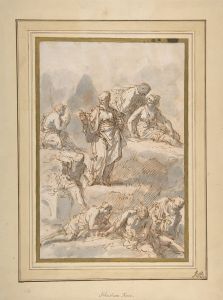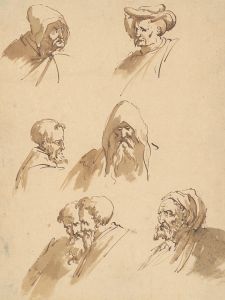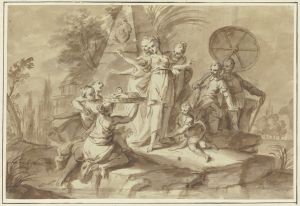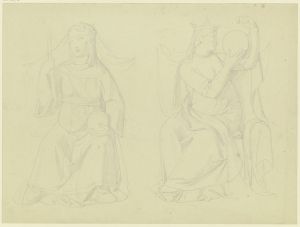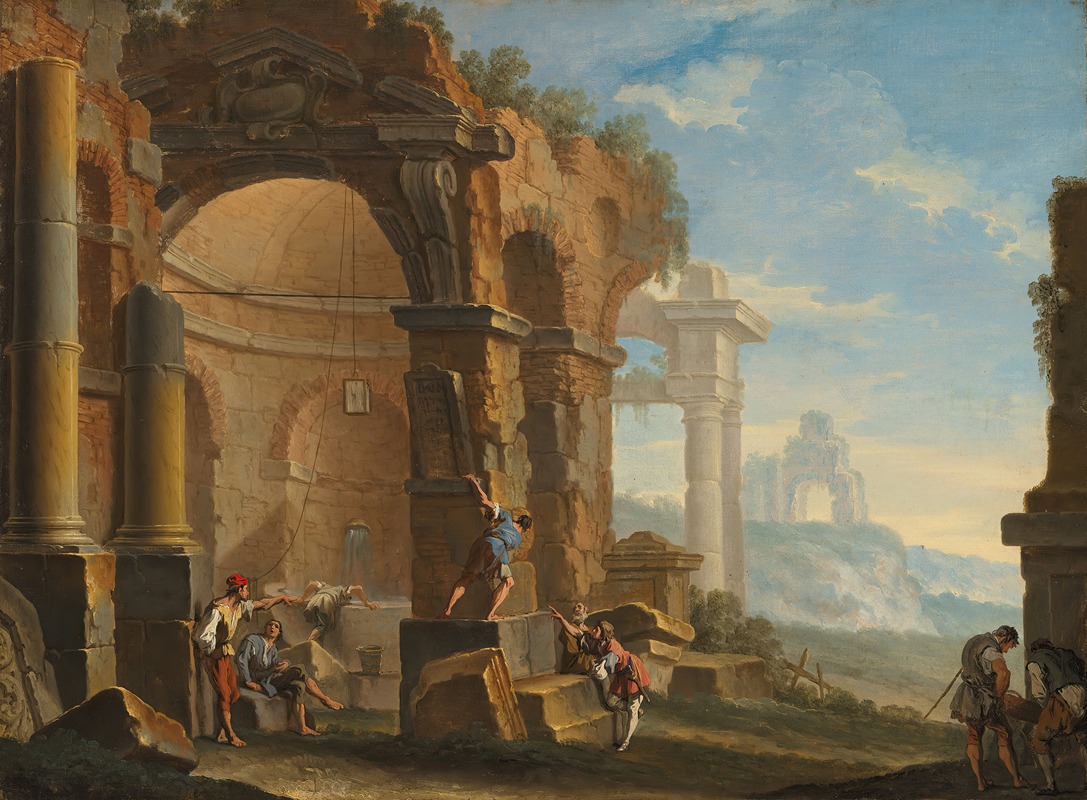
A capriccio with figures conversing by classical ruins
A hand-painted replica of Sebastiano Ricci’s masterpiece A capriccio with figures conversing by classical ruins, meticulously crafted by professional artists to capture the true essence of the original. Each piece is created with museum-quality canvas and rare mineral pigments, carefully painted by experienced artists with delicate brushstrokes and rich, layered colors to perfectly recreate the texture of the original artwork. Unlike machine-printed reproductions, this hand-painted version brings the painting to life, infused with the artist’s emotions and skill in every stroke. Whether for personal collection or home decoration, it instantly elevates the artistic atmosphere of any space.
"A capriccio with figures conversing by classical ruins" is a painting by the Italian Baroque artist Sebastiano Ricci. Ricci, born on August 1, 1659, in Belluno, Italy, was a prominent painter known for his vibrant and dynamic compositions. He played a significant role in the development of the Rococo style in Italy and influenced many artists of his time.
The painting "A capriccio with figures conversing by classical ruins" exemplifies Ricci's skill in combining imaginative landscapes with classical architectural elements. The term "capriccio" refers to a genre of painting that depicts a fantastical or imaginary landscape, often incorporating architectural elements from different periods and places. In this work, Ricci creates an idealized scene featuring figures engaged in conversation amidst the backdrop of classical ruins.
The composition is characterized by its dramatic use of light and shadow, which enhances the sense of depth and three-dimensionality. The ruins depicted in the painting are not based on any specific historical site but are rather an amalgamation of various classical architectural features, such as columns, arches, and fragments of ancient buildings. This approach reflects the 18th-century fascination with the classical past and the romanticized view of antiquity.
Ricci's use of color is particularly noteworthy in this painting. He employs a rich palette to bring the scene to life, with warm tones dominating the foreground and cooler hues receding into the background. The figures in the painting are dressed in contemporary 18th-century attire, which contrasts with the ancient ruins, creating a dialogue between the past and the present.
The figures themselves are depicted in a relaxed and conversational manner, suggesting a leisurely gathering or a moment of contemplation. This human element adds a narrative quality to the painting, inviting viewers to imagine the stories and interactions taking place within the scene. Ricci's ability to capture the subtleties of human expression and gesture further enhances the painting's appeal.
Sebastiano Ricci's work was highly regarded during his lifetime, and he received numerous commissions from patrons across Europe. His paintings can be found in major museums and collections worldwide. "A capriccio with figures conversing by classical ruins" is a testament to his artistic talent and his ability to blend imagination with classical themes.
In summary, "A capriccio with figures conversing by classical ruins" by Sebastiano Ricci is a masterful example of the capriccio genre, showcasing the artist's skill in creating imaginative landscapes that evoke a sense of timeless beauty. Through his use of light, color, and composition, Ricci transports viewers to an idealized world where the past and present coexist harmoniously.





